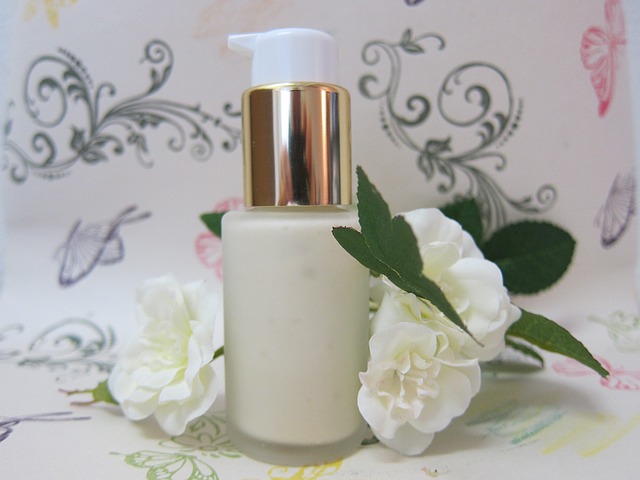A new study explains why people may be allergic to some skincare products.
Over the past two hundred years, industrialization has dramatically increased the number of chemicals humans are exposed to, whether intentional (e.g., from cosmetics, fragrances, consumer products, etc.) or not (e.g., from pollution). The incidence of allergic contact dermatitis – a skin rash caused by an allergic reaction – has also risen, especially in industrialized countries. Although it is well known that people may be allergic to some skincare products, it remains unknown how they trigger the allergic reaction.
Allergic reactions occur when a chemical is recognized as being foreign by the immune system’s T cells. Research suggests that small compound chemicals must undergo a chemical reaction with other larger proteins in order to be visible to the T cells. However, the small compounds found in skincare products lack the chemical structure required to undergo this chemical reaction. According to this theory, these chemicals should not be visible to the T cells and therefore not trigger an allergic reaction, and yet people suffer from allergic reactions caused by exposure to some skincare products.
In a recent study published in Science Immunology, scientists investigated the molecular mechanism behind contact dermatitis as a result of being allergic to some skincare products. The team suspected that a molecule known as CD1a, which is found abundantly on skin immune cells, could be the reason why these small chemicals are visible to T cells. In the study, they used human tissue cultures to test the most common skin allergens in consumer products known to trigger allergic reactions and understand how they trigger a T cell immune response. Common allergens tested in the study included: benzyl benzoate, benzyl cinnamate, farnesol, and coenzyme Q-related compounds. Benzyl benzoate and benzyl cinnamate are chemical compounds found in Balsam of Peru, which is commonly used in skin creams and fragrances.
The scientists found that these small chemical compounds were able to trigger allergic skin reactions by binding to the CD1a molecules found on the surface of the skin. These small chemicals were capable of displacing the skin’s natural lipids in CD1a and make the surface of CD1a visible to T cells for recognition, thus causing an allergic reaction. The scientists caution that because their findings are results from tissue cultures it can’t be certain that this is how it works in patients who are allergic to some skincare products.
Currently, the treatment for allergic contact dermatitis is the identification, removal, and prevention of exposure to the offending agent. Topical ointments can provide relief from the skin rash until it clears up on its own or in severe cases, oral anti-inflammatories may be prescribed by a physician to suppress the immune system. The findings of this study present the possibility of stopping the allergic skin reaction by applying competing lipids on the skin that can displace the small chemicals within CD1a molecules or prevent them from binding to CD1a. Nonetheless, the study is a starting point for future studies to confirm the mechanism of allergic contact dermatitis in patients and to develop potential treatment options to stop or prevent the allergic response.
Written by Maggie Leung
References:
Nicolai, S., Wegrecki, M., Cheng, T.-Y., Bourgeois, E. A., Cotton, R. N., Mayfield, J. A., … Jong, A. D. (2020). Human T cell response to CD1a and contact dermatitis allergens in botanical extracts and commercial skin care products. Science Immunology, 5(43). doi: 10.1126/sciimmunol.aax5430
Study explains why some creams and cosmetics may cause a skin rash. (2020, January 3). Retrieved from https://www.eurekalert.org/pub_releases/2020-01/cuim-sew123019.php.
Image by saponifier from Pixabay



